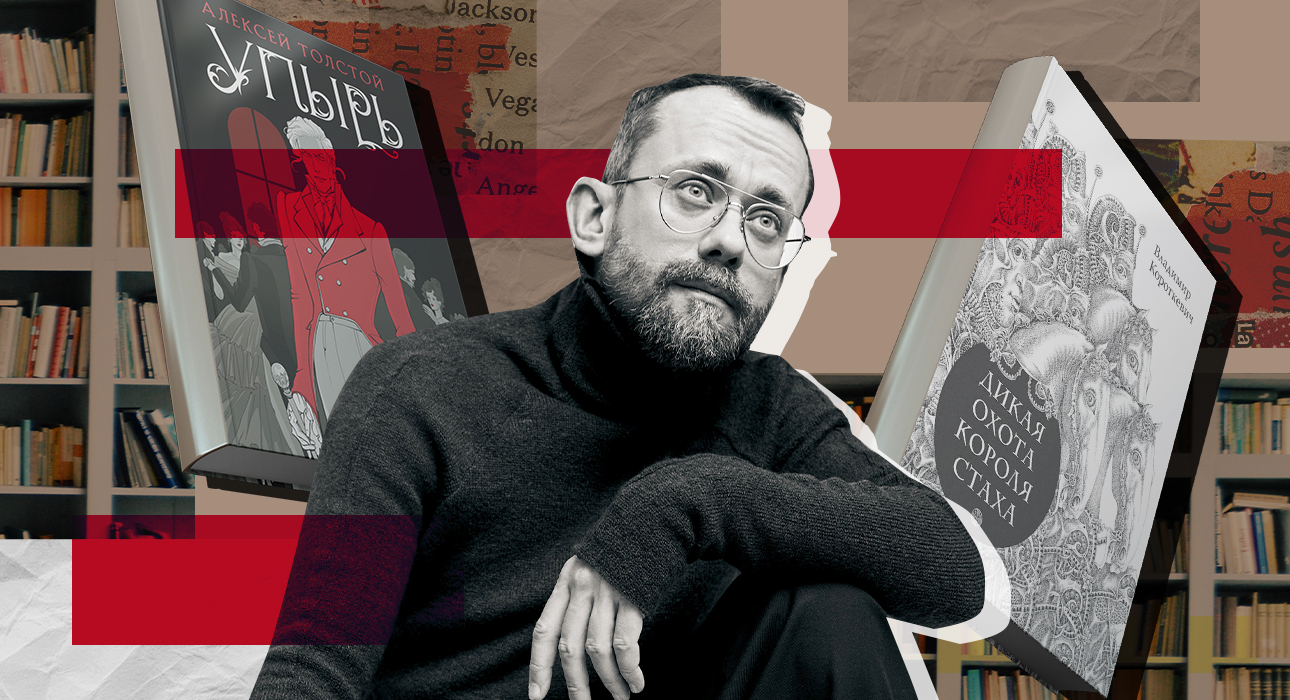Questions about what to watch or what to read can be asked, it seems, endlessly and more than once – after all, any good work, be it a book, movie or TV series, unfortunately, sooner or later ends and leaves. Its audience or reader is in the throes of new searches. But there is some good news, too.
To make your task easier, every week we ask our columnist Konstantin Obraztsov – writer, author of “Red Chains”, “Hammer of the Witches” and other books, as well as creator of the “Sample Reading” program on Rutube and the “Obraztsov” channel on Telegram – to share his collection of the world’s best literature and TV series with diamonds.
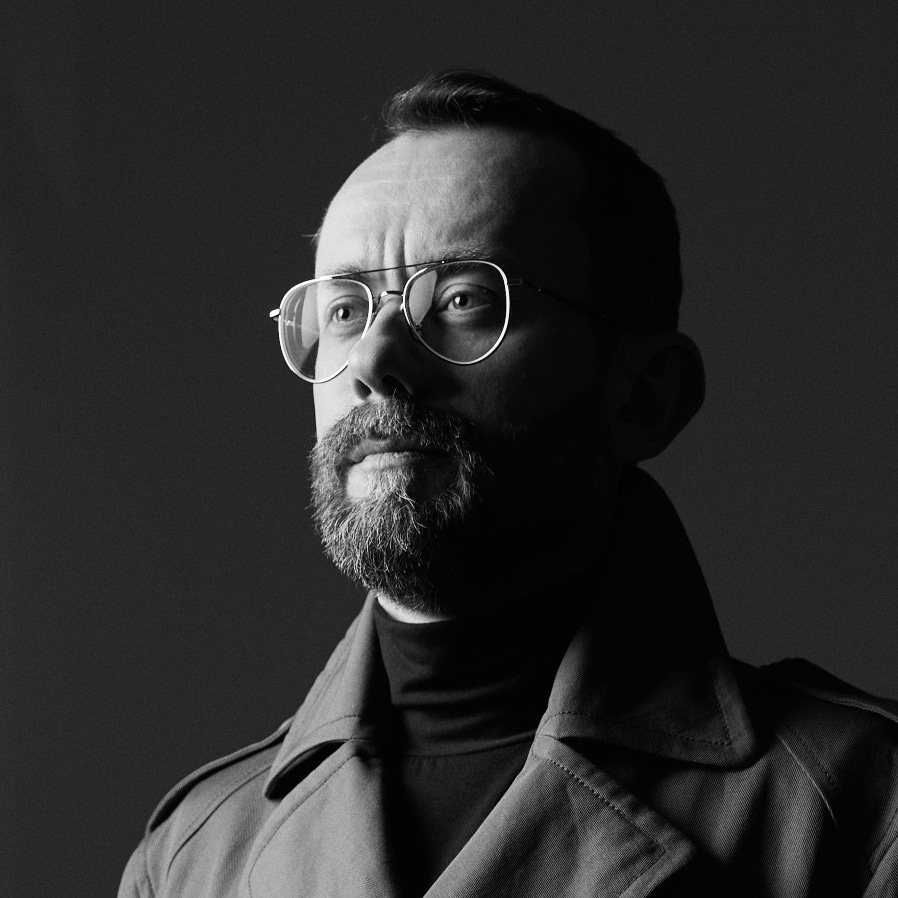
Konstantin Obraztsov
On the agenda today are books on which horror films were shot in the USSR.
As the Soviet era moves further away from us over time, it also acquires mythological features. A little more than thirty years have passed since the collapse of the USSR – quite a lot by the standards of historical chronology, but the events of these thirty years would have been enough for several centuries in more measured times of antiquity. Medieval.
Those born at the end of the last century or the beginning of the current millennium most often imagine the Soviet Union from modern films or see in the words and characters of the older generation the features of a bygone era – precisely those that feel. An unpleasant thing to follow young people on a traditional bench at the entrance or from a high tribune. Those who were born and raised in the USSR are sometimes prevented from seeing the past because of the rose-tinted glasses of nostalgia: as Chekhov noted, it is good where we are not, and now, we are not in the past, and it seems beautiful.
For some, the Soviet era seems only to be a period of persecution of dissidents and marches accompanied by the sounds of military marches, while others miss precisely this image of the past and want to repeat something similar in the future.
One of the myths about the Soviet Union claims that there was nothing in it: no jeans, no sex, no martial arts movies, no horror movies. Such a generalization is contrary to reality. Everything was in its own way. Next time we’ll talk about sex and action movies, but today I present a selection of five not-so-famous works of classical literature based on real horror films from the USSR.
Vladimir Korotkevich, “The Wild Hunt of King Stakh”
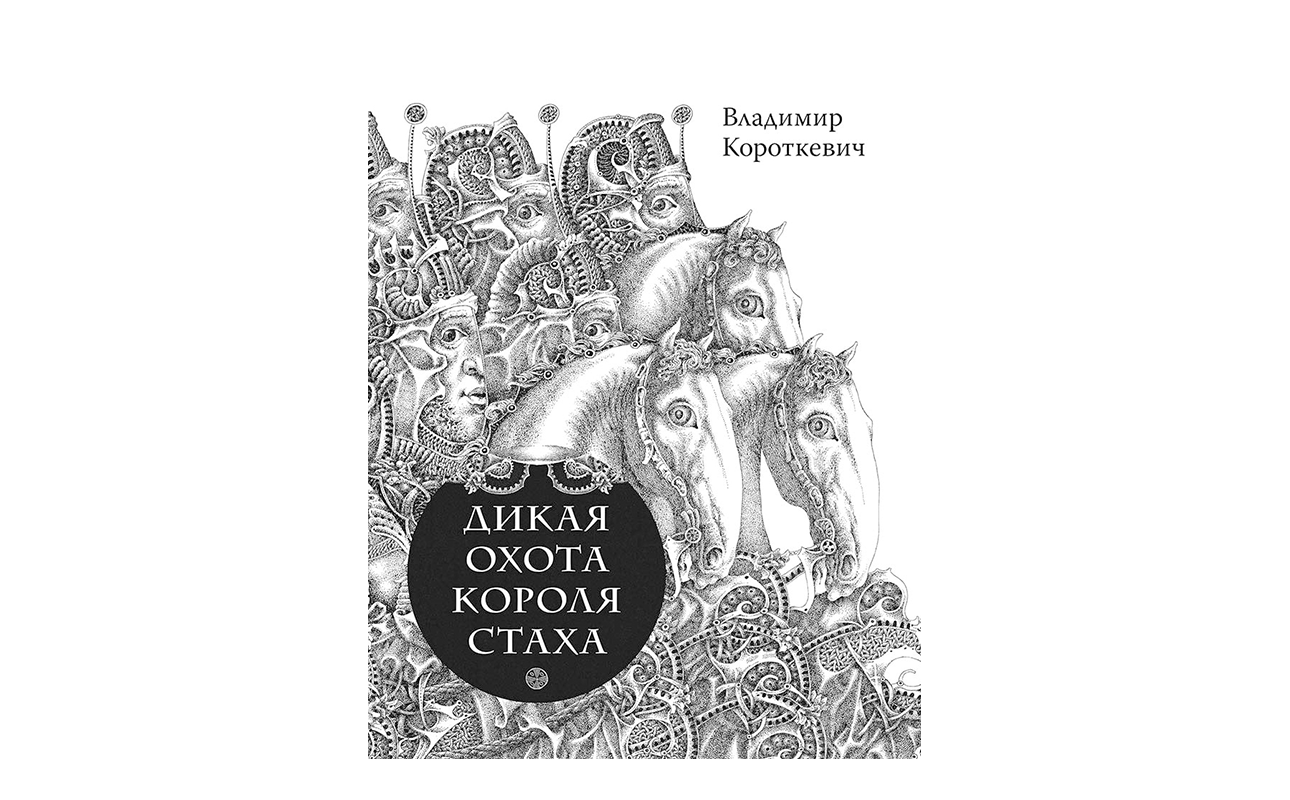
Korotkevich is considered a modern classic of Belarusian literature and a master of action-packed prose: for example, the historical detective story “The Black Castle of Olshansky”, about the search for medieval treasures in Soviet times, or the adventure novel with the intriguing title “Christ Has Descended in Grodno”, It is about the adventures of a bandit disguised as Christ in the 16th century.
“The Wild Hunt of King Stach” is performed in the best traditions of mystical thrillers. The action takes place at the beginning of the twentieth century, somewhere on the Belarusian outskirts of the Russian Empire. The tone of the setting is set: a massive, decaying castle in the middle of misty wastelands and swamps, where a young sleepwalking girl, the last representative of a cursed family, gradually disappears. During an autumn storm, a young ethnographer takes shelter in the castle, and the development of an intriguing plot begins with all the features inherent in such works: ghosts, sinister family legends, madness, a criminal conspiracy, a detective investigation, duels, attempted murders and swampy expanses He runs and terrorizes the ghostly horsemen of the wild hunt. The last change will remind classic enthusiasts of The Hound of the Baskervilles, and it is also a compliment to the book.
In 1979, director Valery Rubinchik made a film of the same name based on “The Wild Hunt of King Stakh.” Some things have changed a little in the plot, but it was possible to convey the main thing: the atmosphere of a real gothic horror inherent in the book. Even today, when adjusted to the slow dynamics of the narrative and the technical capabilities of the cinema of forty years ago, the film looks good: the ghosts are scary, the secrets intriguing, the pale girl is beautiful, and you can almost physically feel the swamp. Fog and cold drafts walk through the gloomy corridors and halls of the old castle.
Alexey Konstantinovich Tolstoy, “The Ghoul Family”
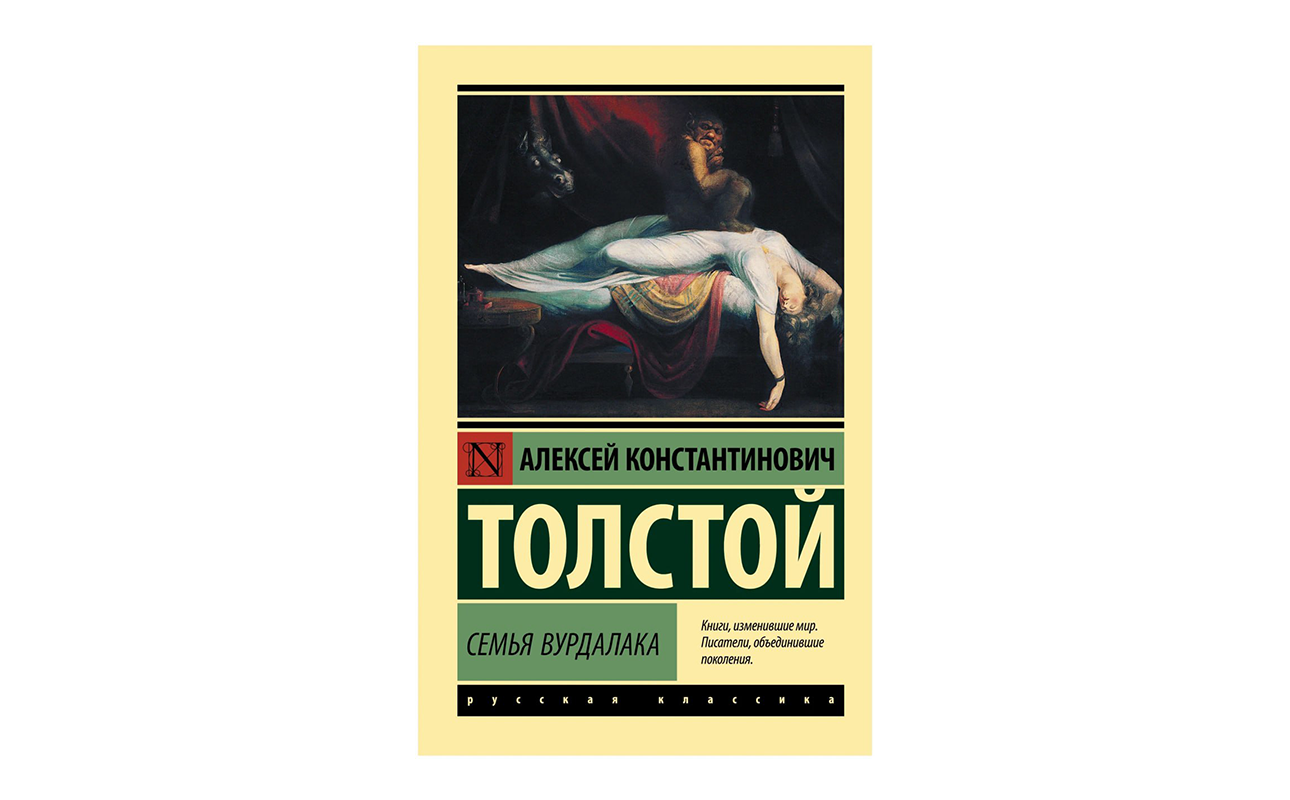
Writer, poet, translator, historian, co-author of the literary masque “Kozma Prutkov” and the second eldest cousin of Lev Nikolaevich, Alexei Konstantinovich Tolstoy was the first in the famous noble family to become famous as a writer. His name is always indicated by a surname so that he is not confused with another Alexei Tolstoy – the author of “red count”, “Aelita”, “Hyperboloid of the Engineer Garin” and “Pinocchio”.
There is an opinion that Alexei Konstantinovich was a classical Slavophile, but if you carefully dig up a Slavophile, to paraphrase a well-known expression, you will definitely discover a Westerner. He translated many works from Tolstoy, Heine, Byron, Goethe, and in his youth he was so influenced by European romantics that he got the idea for his early works from the story “Vampire” by the English writer John Polidori.
The story “Ghoul Family” was written in French in 1839 and is based on the traditional superstitions of the Western Slavs. From the perspective of an eyewitness, a wandering enthusiast who is typical of romantic literature, the story tells how the head of a family turned vampire in a remote Serbian village takes turns killing the entire household, which turns them into vampires. The living dead nearly bit the narrator himself.
In 1990, directors Gennady Klimov and Igor Shavlak created a film of the same name based on Tolstoy’s story. The action was transferred to the landscapes of the Russian countryside, which, combined with the features of the cinema of the early 90s, added chthonic horror to the story.
Meanwhile, the word “ghoul” began to be used by Pushkin. This is a misheard and spelled “wolf-lak”, that is, a werewolf, but Alexander Sergeevich accidentally not only distorted the word, but also called the living dead that way in his “Songs of the Western Slavs”. Tolstoy consolidated this term in literature when he began calling his characters “ghouls” rather than “vampires” to differ from the English Polidori.
Sometimes you can show this valuable information in a conversation.
Alexey Konstantinovich Tolstoy, “Ghoul”
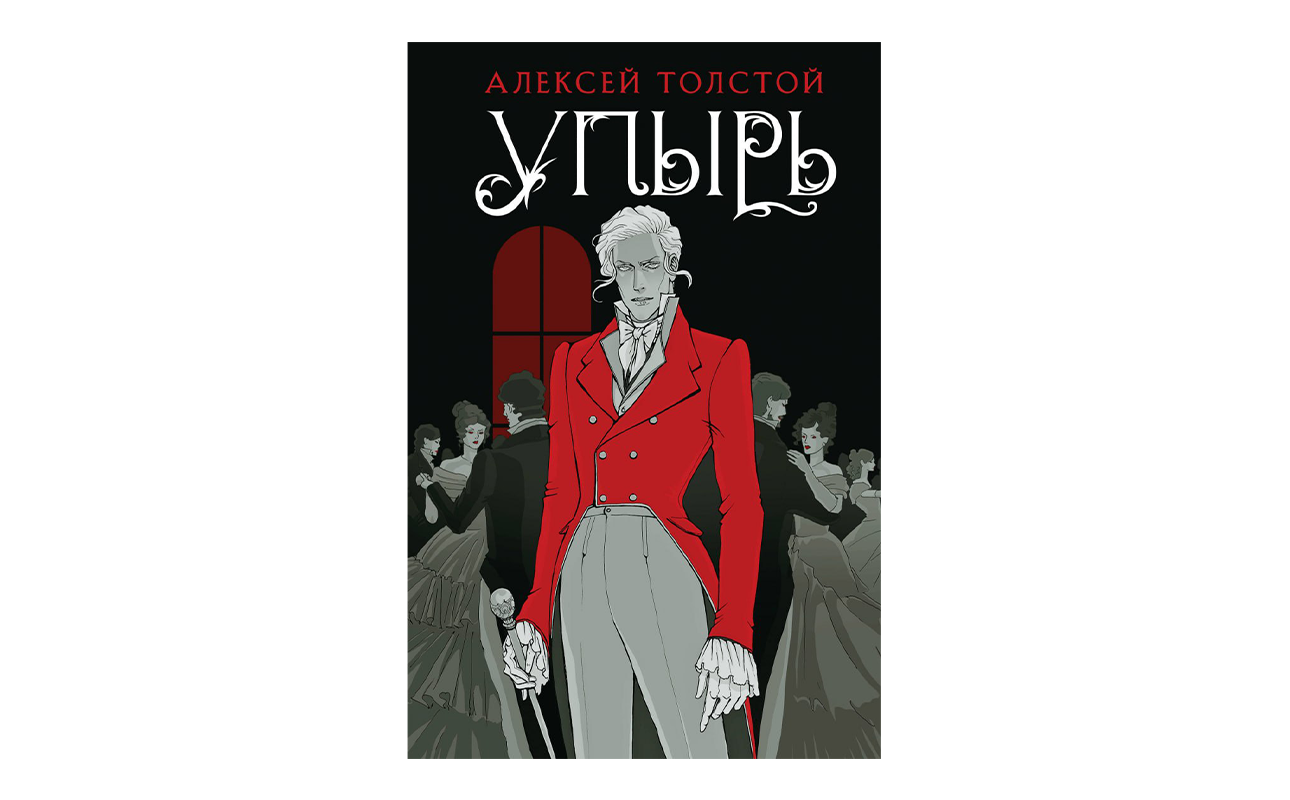
Russian classics are not only about suffering, despair and reflection: as we see, there is even a place in them for literary series about vampires.
Here Tolstoy continued to develop the theme without stopping, and in 1841 he published the story “Ghoul”, based not only on the idea, but also partly on the plot of the same work by John Polidori. True to his Slavophile principles, Alexey Konstantinovich changed the European term “vampire” to the original Slavic “ghoul” and even laid an ideological basis for it at the very beginning of the story.
The story is based on the mythology of a vampire – sorry, ghoul – about secret coexistence alongside humans from entire families and communities of the living dead, drinking blood to maintain their ghostly existence. At the ball, the author-narrator begins a conversation with a casual acquaintance, a young but completely gray man – as it turns out later from the horrors he experienced. He not only tells the chilling story of his encounter with a family of ghouls during a trip to Italy, but also points out to the author the ghouls among the gathered guests – it turns out that almost half of them were there.
Based on “Ghoul”, director Yevgeny Tatarsky made the film “Those Who Drink Blood”: it was shot in the last year of the existence of the USSR and was released in 1992, after the collapse of the Union. It is noteworthy that the role of the malicious vampire General Sugrobina was played by Marina Vladi, and the soundtrack was created by Sergei Kuryokhin.
Zoomers, I’m sorry if these names mean nothing to you.
Meanwhile, the story shows one way to clearly recognize ghouls at a social gathering: When they encounter each other, they make a characteristic smacking sound, as if they were sucking an orange. Next time, try to listen more carefully to those around you and don’t forget to take the poplar stake as an accessory.
Alexander Green, “The Gray Car”
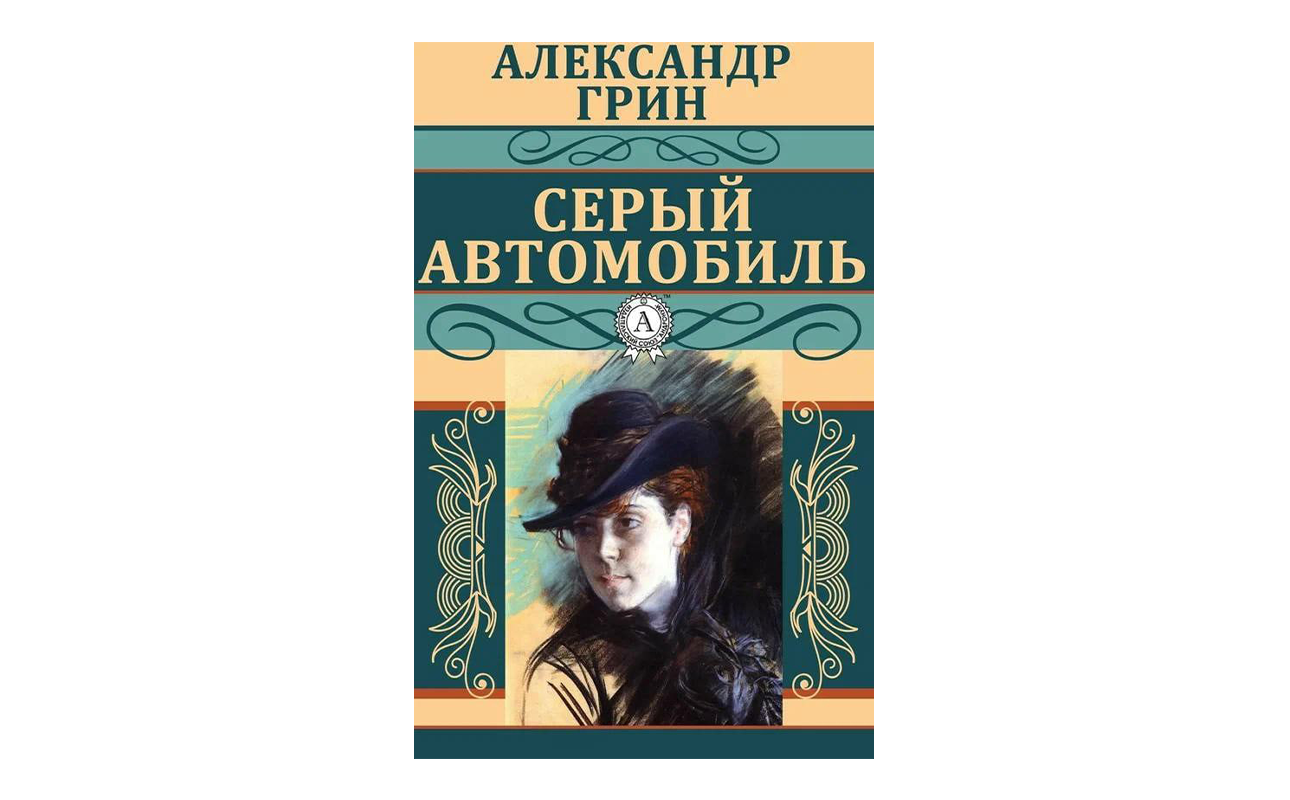
Alexander Green’s work is often associated with romanticism at its most misunderstood, and this is due to the famous St. It is due to the wide popularity of “Scarlet Sails”, which the St. Petersburg event promotes: something sweet-caramel, pathetic-sublime and unbearably boring.
This is unfortunate because Greene was certainly a romantic, but he was someone who worked with the mystical, the nightmarish, and the otherworldly. He is a great stylist and his command of words has helped him create truly scary and atmospheric work. To be convinced of this, it is enough to read, for example, “The Pied Piper” – a short but exciting story about ratmen in the environment of ruined revolutionary Petrograd.
“The Gray Car” contains many elements that seem to be compiled from mystical stories of the past and future. There is a haunting image of a gray car with the number 77-7, similar to “Fatal Number 23” and similar stories. The car itself haunts the protagonist and appears to be possessed by the evil spirit of its previous owner, just like in Stephen King’s Christine. The main character has a strange belief that his girlfriend is a wax figure coming to life, a clear reference to Hoffmann’s The Sandman.
The film “Mr. Decorator” directed by Oleg Teptsov was shot in 1988 based on “The Gray Car”. Only the line in which the mannequin came to life was used in the script, and the film itself became a shining example of avant-garde horror, where the escalating madness was orchestrated by Sergei Kuryokhin’s unearthly music.
Anatoly Lunacharsky, “Bear Wedding”
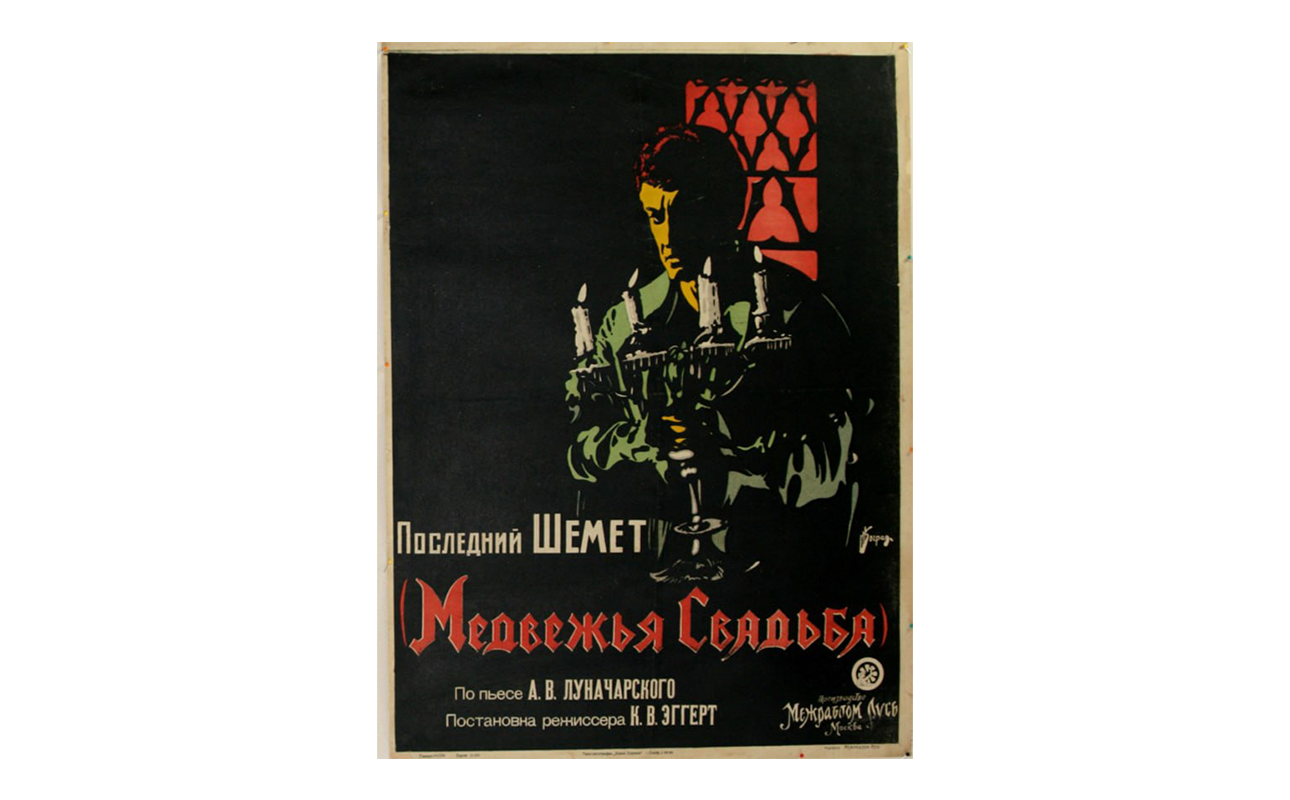
In conclusion, here is the pearl of our collection and another myth has been destroyed: this time that the Bolshevik revolutionaries were strangers to poetry and art.
Anatoly Vasilyevich Lunacharsky was an active participant in the revolutions of 1905 and 1917, the first People’s Commissar of Education of Soviet Russia and a very well-read, educated person. He headed the Institute of Russian Literature, worked on the creation of the Literary Encyclopedia and communicated with many contemporary foreign writers: Bernard Shaw, Romain Rolland, Herbert Wells.
One would expect works on the themes of world revolution and class struggle from a Bolshevik figure, but no. The play “The Marriage of the Bear” is based on Prosper Merimee’s romantic story “Lokis” and portrays the classic story about beauty and the beast. The werewolf count, born to a woman raped by a bear (!), marries a local beauty, causing anger among the villagers. Lunacharsky, faithful to the traditions of Russian literature, reinforces Merimee’s tragic end: death, riot, fires – no one managed to escape.
In 1925, director Konstantin Eggert made a film of the same name based on the play, created in the spirit of classical European silent cinema and with a revolutionary scope. It turned out exciting, bright and in some places truly scary, which allows us to call the first horror film of the Soviet period “Bear Wedding”.
Source: People Talk
Errol Villanueva is an author and lifestyle journalist who writes for The Fashion Vibes. With a passion for exploring the latest trends in fashion, food, travel, and wellness, Errol’s articles are a must-read for anyone interested in living a stylish and fulfilling life.

